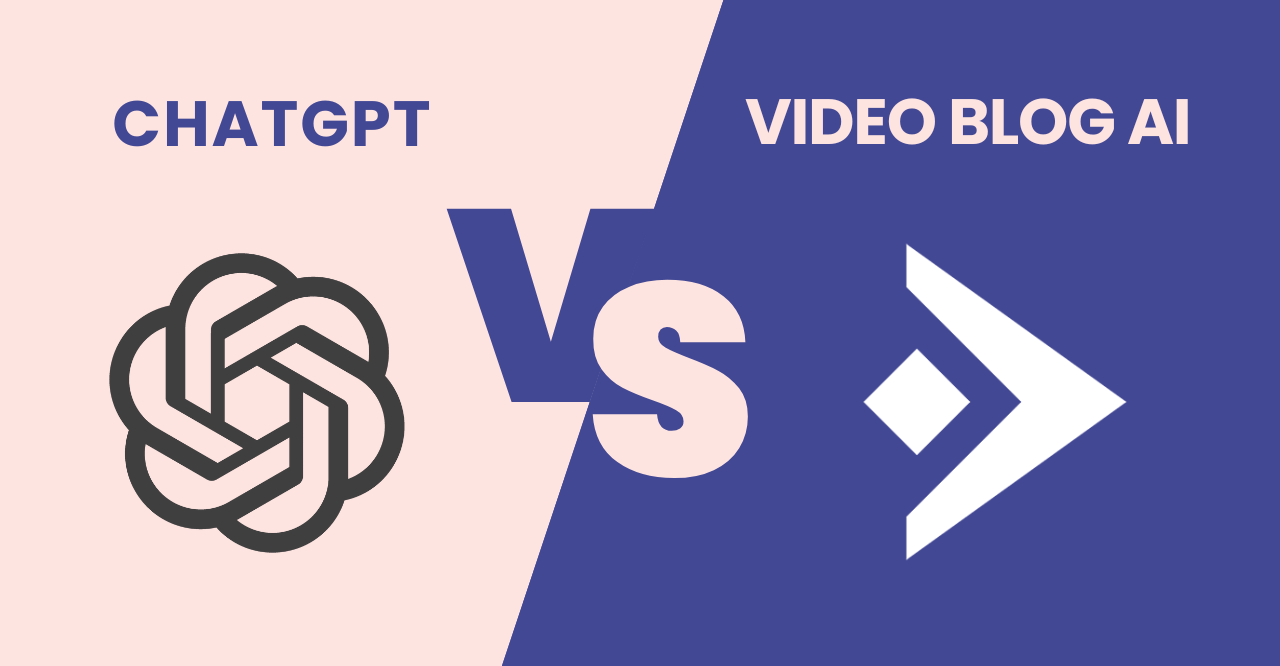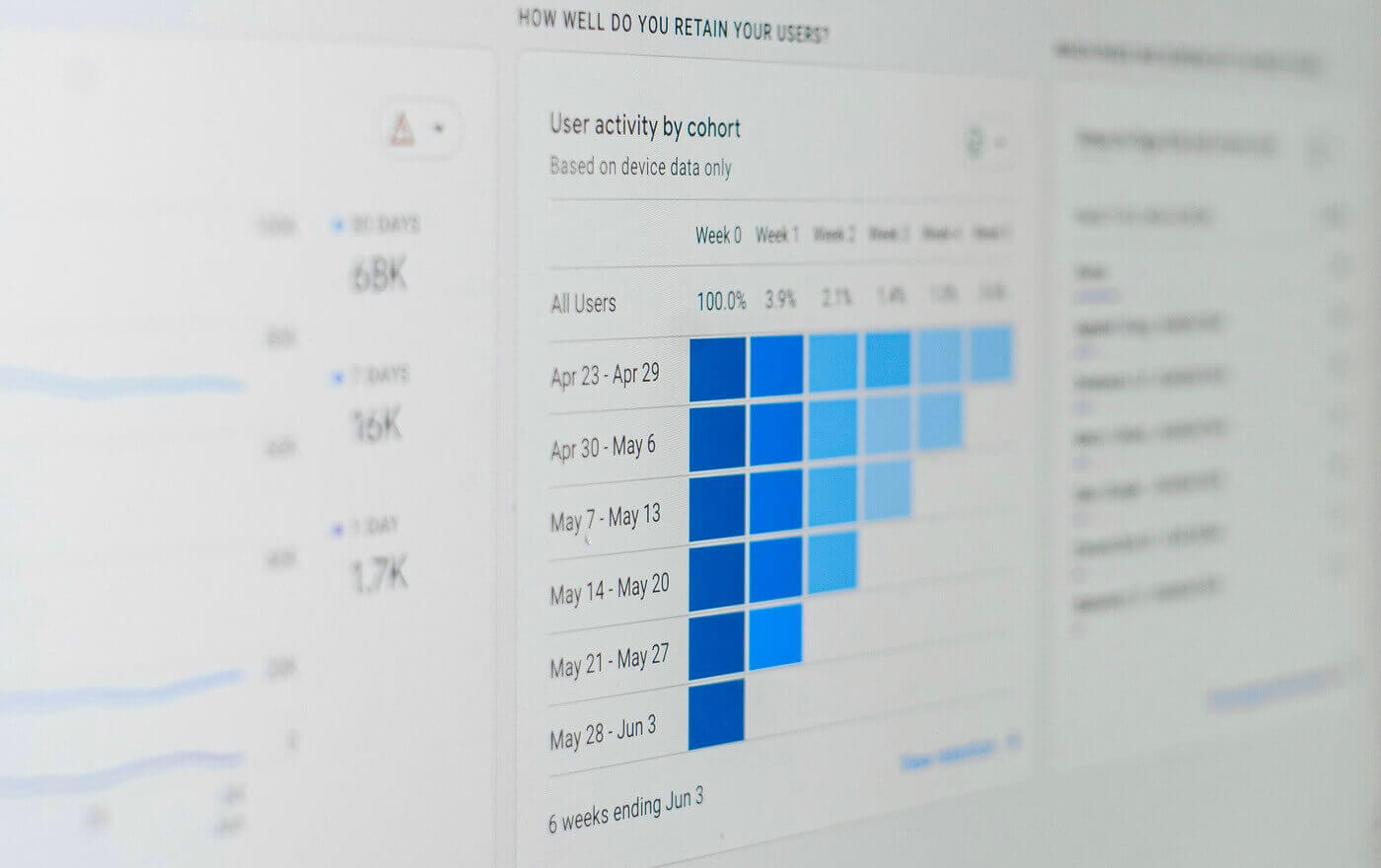Case study
Video Blog AI vs ChatGPT 4 - Which Creates Better Blog Articles?
A side-by-side case study on which one converts videos to blog posts the best.

We converted over 100 videos into blog articles using both ChatGPT 4 vs. Video Blog AI. Overall, Video Blog AI outperformed GPT-4 on every metric. On average, videoblog.ai showed:
- 200-500% longer articles than GPT-4
- 20-40% better readability score using the Flesch Kincaid test
- Up to 25% more accurate results based on original video transcript
- Large SEO improvements to HTML and sentence/paragraph structure
- Marketing focused CTAs compared to none with GPT-4
- 900% increase in maximum video length processing
Let's dive into each point in more detail with a case study.
The case study
We will extract the transcript from this popular YouTube video by Economics Explained, a channel about macroeconomics, and run it through both Video Blog AI and ChatGPT. For GPT-4, we will use this simple prompt:
“Create an SEO optimized blog article from the following transcript:
(Transcript inserted here)”
We will then compare the key factors such as length, accuracy, SEO, and overall quality. For reference, here is the raw result by Video Blog AI and here's the raw result by ChatGPT 4.
247% increase in word count
Video Blog AI's output was more than 3 times longer than ChatGPT's, totaling 1792 words compared to just 517 from the latter. This is important because the minimum recommended length by SEO experts is 1500-2000 words. Video Blog AI is tuned to write up to 4000 word articles, typically settling between 1.5k to 2k words based on the length of the video.
By contrast, numerous tests on videos of different lengths showed that ChatGPT will almost always create a blog article with 600 words or less, even when providing transcripts of 2 hour long videos. This means a significant portion of the video is lost when converting it to written content.
There was also a sharp improvement to the structure of the blog article provided by videoblog.ai. ChatGPT returned a repetitive structure of one headline, followed by a single paragraph. This can appear monotonous to the reader and cause some sections to feel lacking. Videoblog.ai on the other hand gave full-length paragraphs with bullet points.
32% better reading score
Running both results through a readability tool showed a 32.16% increase in readability for videoblog.ai compared to ChatGPT on the Flesch Kincaid Reading Ease scale. This is a standard measurement for how easy it is to read a piece of content.
There was also a marginal improvement in the Flesch Kincaid Grade Level score, with ChatGPT scoring 15.4 compared to videoblog.ai's score of 14.1. In this case, a lower score is better because it means the average reader does not need as much schooling to understand the content.
100% accuracy
Both ChatGPT 4 and Video Blog AI did not hallucinate for this particular video. All the resulting text was accurate to the video it was given.
However, we have noticed for some of our tests on videos technical in nature that ChatGPT may return false information. This usually happens when the transcript doesn't spell certain words properly. In Video Blog AI, this almost never happens due to the AI running a deeper analysis of the video beyond just the transcript. By taking this multi-faceted approach, videoblog.ai can produce extremely accurate results.

SEO improvements
This one was not even close—ChatGPT provided virtually no SEO optimizations even though the prompt specifically asked it to do so. While Video Blog AI provided proper HTML such as H1, H2, H3, paragraph, UL, and even A tags, GPT-4 provided none.
A large part of semantic SEO is organizing your information under the proper HTML tags so that Google and other search engines can rank your article properly. In particular, headlines (and subheadlines) play a large role in the ranking algorithm.
In addition, providing bullet points is very important to writing a blog article. It breaks the information into readable chunks for the reader, which decreases the bounce rate. This has a huge impact on search engine rankings. While Video Blog AI wove bullet points into the blog article in a natural way, ChatGPT did not provide any.
Call-to-action (CTA) inclusion
Video Blog AI intelligently included promotional links at the end to further engage the reader and potentially generate revenue for the blog, while ChatGPT did not.
As anyone running a business knows, providing a call to action for the reader to take the next steps is arguably the most important element on any page—it's where the profit comes from.
Videoblog.ai's deep video analysis was able to understand what links to promote and how best to sell them to the reader.
900% maximum video length
Although this case study's video was only 18 minutes long, Video Blog AI can actually process videos up to 16 hours in duration. ChatGPT 4 will fail to generate an article at all if you provide it a transcript of a video past 2 hours, or about 25k words. That means videoblog.ai has 8 times higher video duration capacity.
Our plans currently go up to 7 hours of maximum video duration, but if you need more you can contact us.
Conclusion
While both GPT-4 and Video Blog AI can create a blog article for you, the quality differences in SEO, length, readability, marketing, and raw power are worlds apart.
A general-purpose tool such as ChatGPT is not the best way to grow your business. Videoblog.ai provides an industry leading experience that can truly save you time and launch your brand to the next level. If you have a YouTube channel or a video content strategy for your business, check out this ultimate guide on how to use Video Blog AI.
Sign up today for a free account or check out our pricing page to choose the best plan for you.
